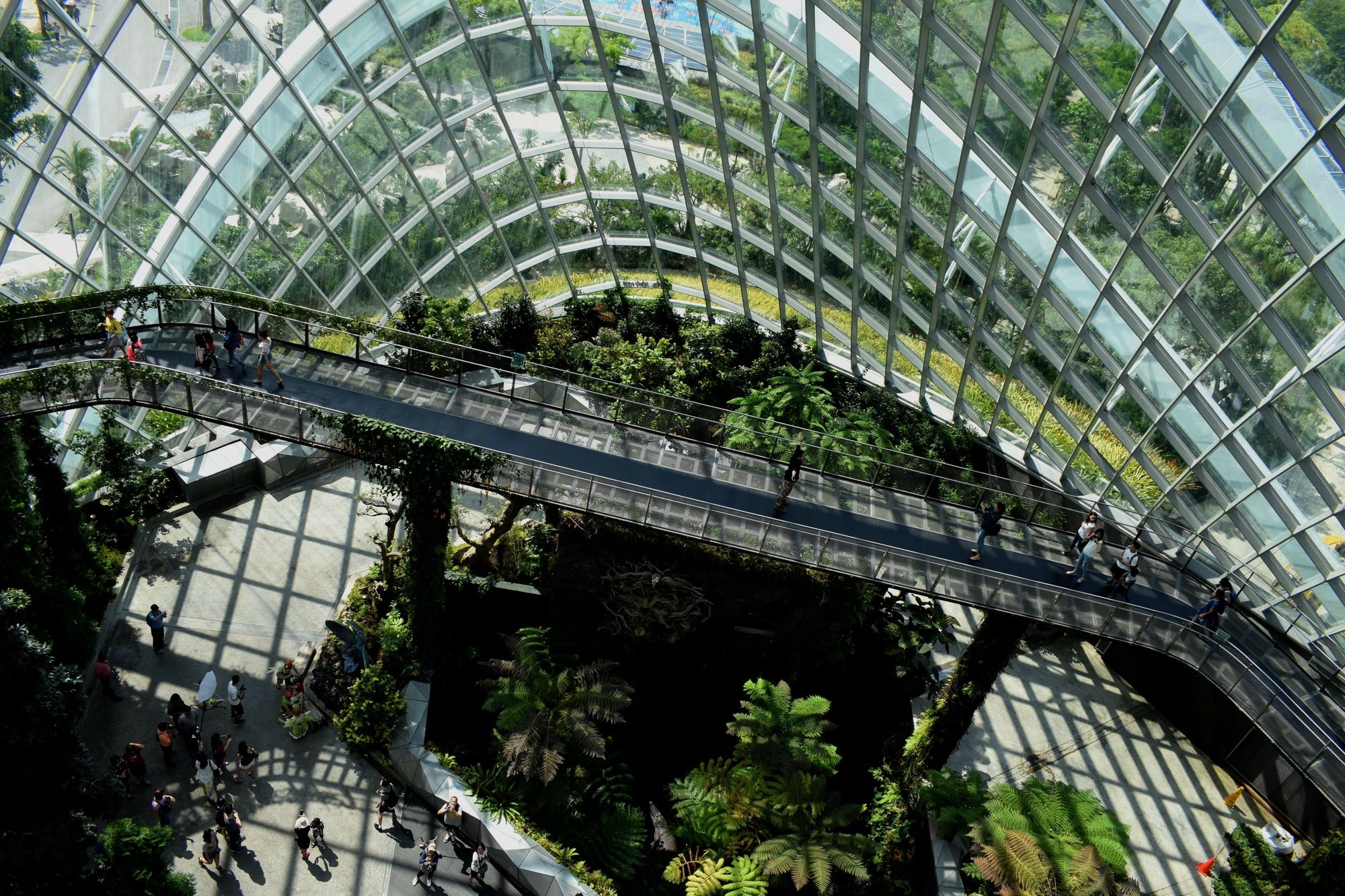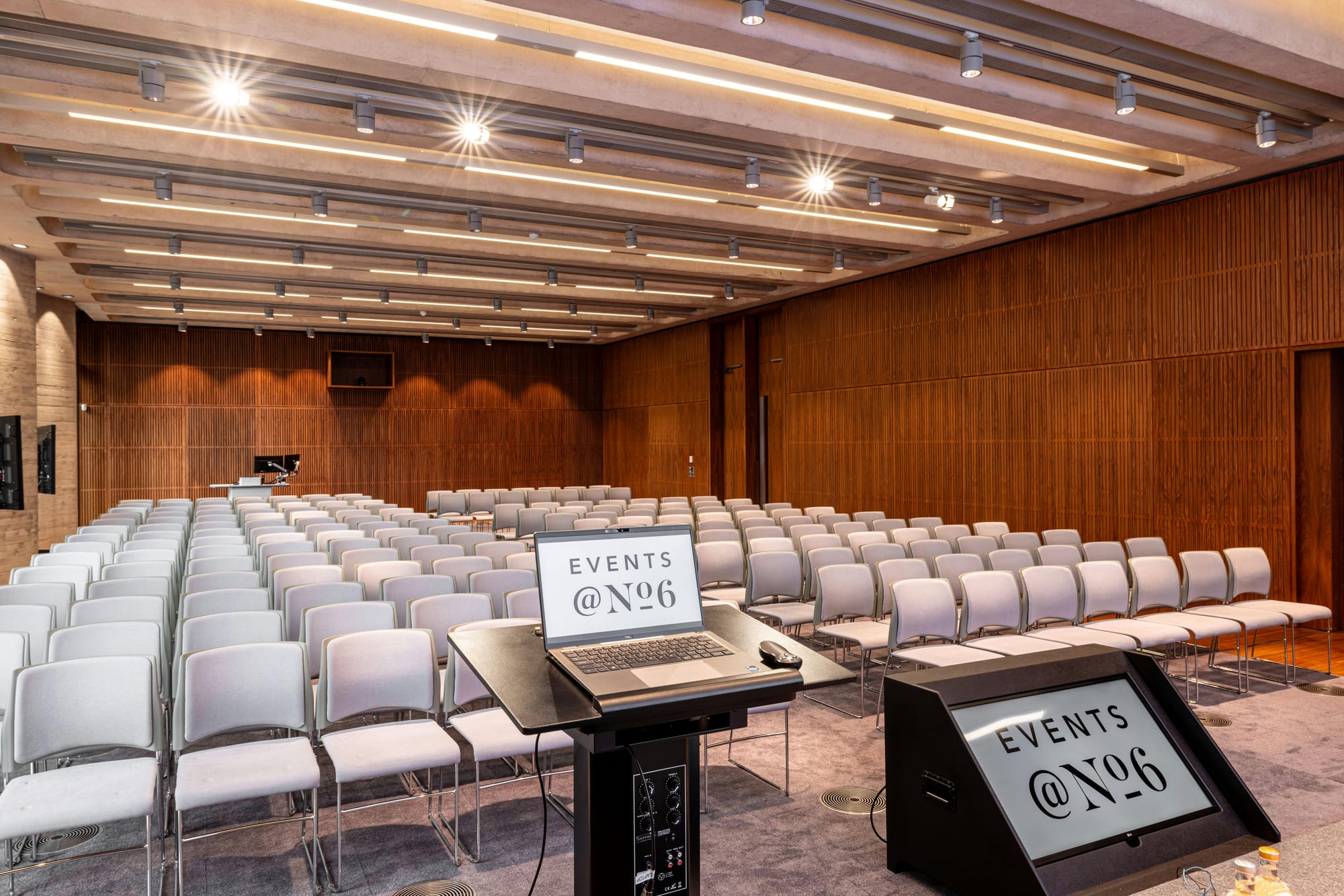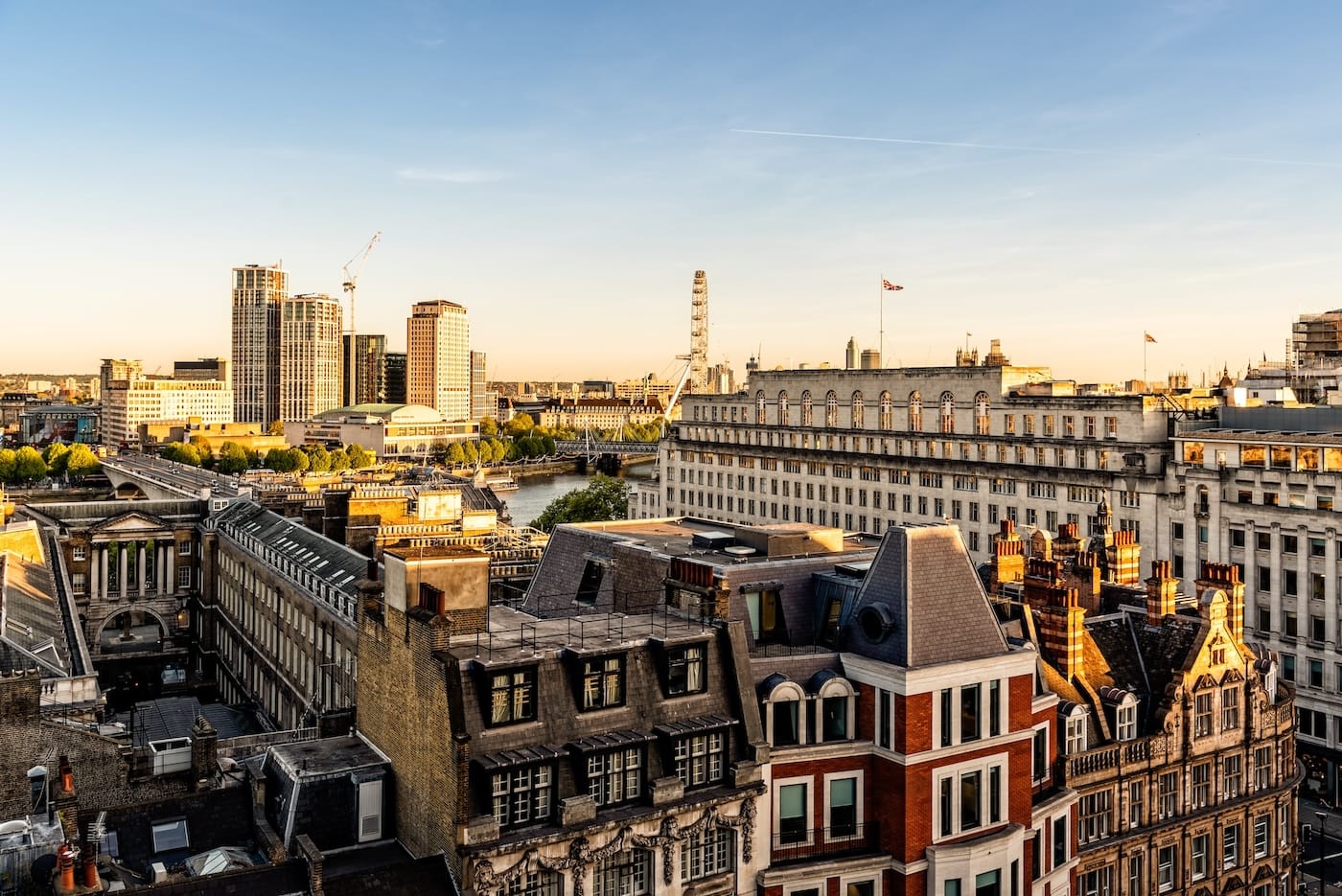Meeting the UN's target of Net Zero emissions by 2050 requires drastic changes in the way we deliver events. Fortunately, the industry is moving towards greener solutions, but it's key that eventprofs understand how to set and measure targets for events.
Since its launch in 2022, isla’s carbon measurement platform TRACE has become a leading tool for recording and representing data around event emissions. We spoke to them to discuss how eventprofs can set, measure and report on their sustainable objectives to help move the industry in the right direction. Below, they've shared guidance on everything from initial target-setting to adjusting your goals, as well as resources to help planners at any stage of their sustainability journey.
What are sustainable objectives and why are they important?
Sustainable objectives are targets that organisations set to measure and reduce their emissions, from capping energy and water use to a certain level, to cutting down on single-use materials. Once a business has these objectives in place, it becomes easier to quantify reductions of emissions and waste, and helps hold organisations to their commitments.
Setting actionable sustainable objectives
Whether you're planning in-house events or delivering events for external clients, setting sustainable objectives before an event is key. If you're working on a client's event, they'll likely have areas they want to address, but as an event professional, each event is a key time to provide guidance on what contributes the biggest impact.
Before deciding on the objectives to set for an upcoming event, you'll need to understand the full range of the environmental impacts, from the emissions caused by transportation to event waste. It's unlikely that you'll have the time, manpower, or budget to address every core area at once, so it's usually more valuable to select one or two key areas to focus on and aim to make a significant effort to reduce those.
It's valuable to have specific targets that are based on tangible figures, as having a concrete goal makes it easier to understand exactly what needs to be done. For instance, if your client wanted to reduce menu emissions at their upcoming conference by 20% compared to last year’s event, you would look at the previous menu, calculate the emissions and adjust ingredient sourcing (e.g. reducing meat content) to hit the new target.
Action:
To start with, how about finding a sustainable venue. Not sure where to start? Check out our blog on How to Find a Sustainable Venue for Your Event.
If you're using carbon measurement platforms such as TRACE — or new AI-driven carbon calculators now emerging, you can make a more accurate assessment of the magnitude of each impact to decide where to focus your effort.
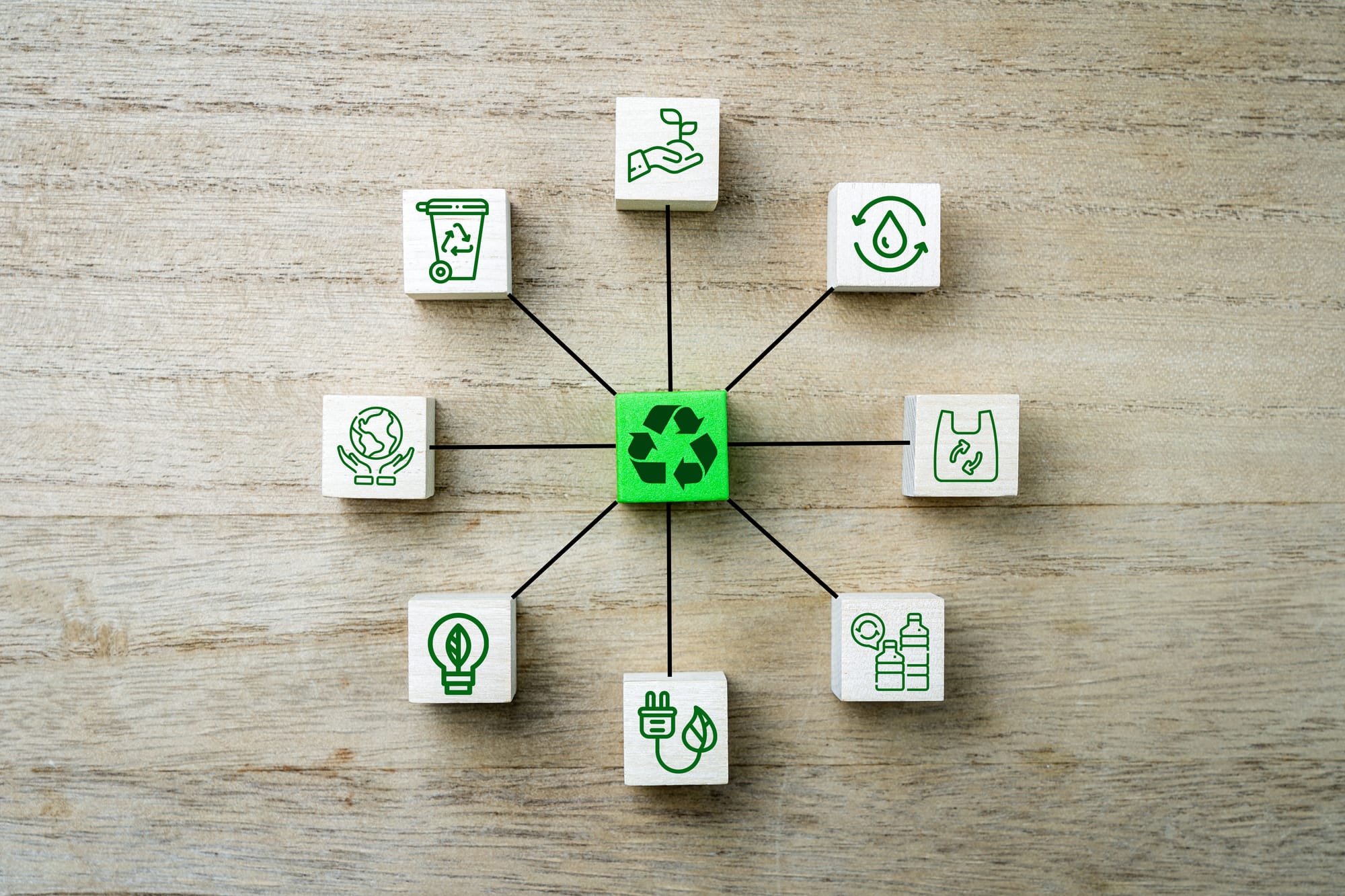
Communicating your objectives and getting your team on board
Before mapping out a sustainability plan, you should look to get your team on board to help shape your objectives. This ensures everyone is aligned from the beginning of the project, from design to delivery, right through to debrief. If team members have input in the initial goal setting, they'll be more likely to push for the targets to be met.
It’s also helpful for someone to take the lead in coordinating and communicating your objectives internally through regular meetings to exchange challenges, ideas and solutions.
Action:
Have an outline in place of the targets you're looking to set, and give your team the opportunity to feed back. Identify which team member(s) will take ownership of the sustainability commitments, and create a schedule to keep everyone updated on progress.

Planning an event around your objectives
Once you've set out your goals and commitments, you’ll need to plan how you’re going to put these into action. Whichever areas you've chosen to target, you'll need to consider whether your objectives are actionable within your current means, or whether you may require additional resources (time/budget/expertise). This will help to shape your pitches and conversations with external stakeholders.
Once your objective is established, you'll need to explore methods of achieving it. isla provides plenty of useful resources to help event planners identify and action methods, including a guide to sustainable print options.
Objectives
- Reduce the amount of building materials going to landfill by 20%
- Reduce the emissions from building materials by 20%
Method
- Procure suppliers who can deliver recycled/reused set materials.
- Prioritise suppliers closer to the venue in order to reduce transport emissions.
- Design modular set components which can be dismantled and reused.
- Create sustainable procurement guidelines with minimum emissions and waste standards - distribute internally and to external stakeholders.
- Calculate the total production emissions of your set build materials in order to compare future set build emissions against these.
- Research alternative, lower emissions materials to the ones you typically use.

Getting your venue and suppliers on board with your goals
A large proportion of an event's environmental footprint comes from the supply chain, making it essential that your suppliers are aligned with your efforts to reduce your impact. isla strongly recommends discussing these objectives with your clients and suppliers before you start a project to ensure suppliers can measure up to your commitments. The easiest way to do this is to ensure that your sustainable objectives are set out in your RFP and that you have a sustainability policy that's shared with all suppliers.
Action:
Create your own sustainability policy and event plans using Policy & Planning templates, created by isla for event planning. Together, these plans can form the basis of your first sustainability policy, which should be available and communicated publicly for full transparency.
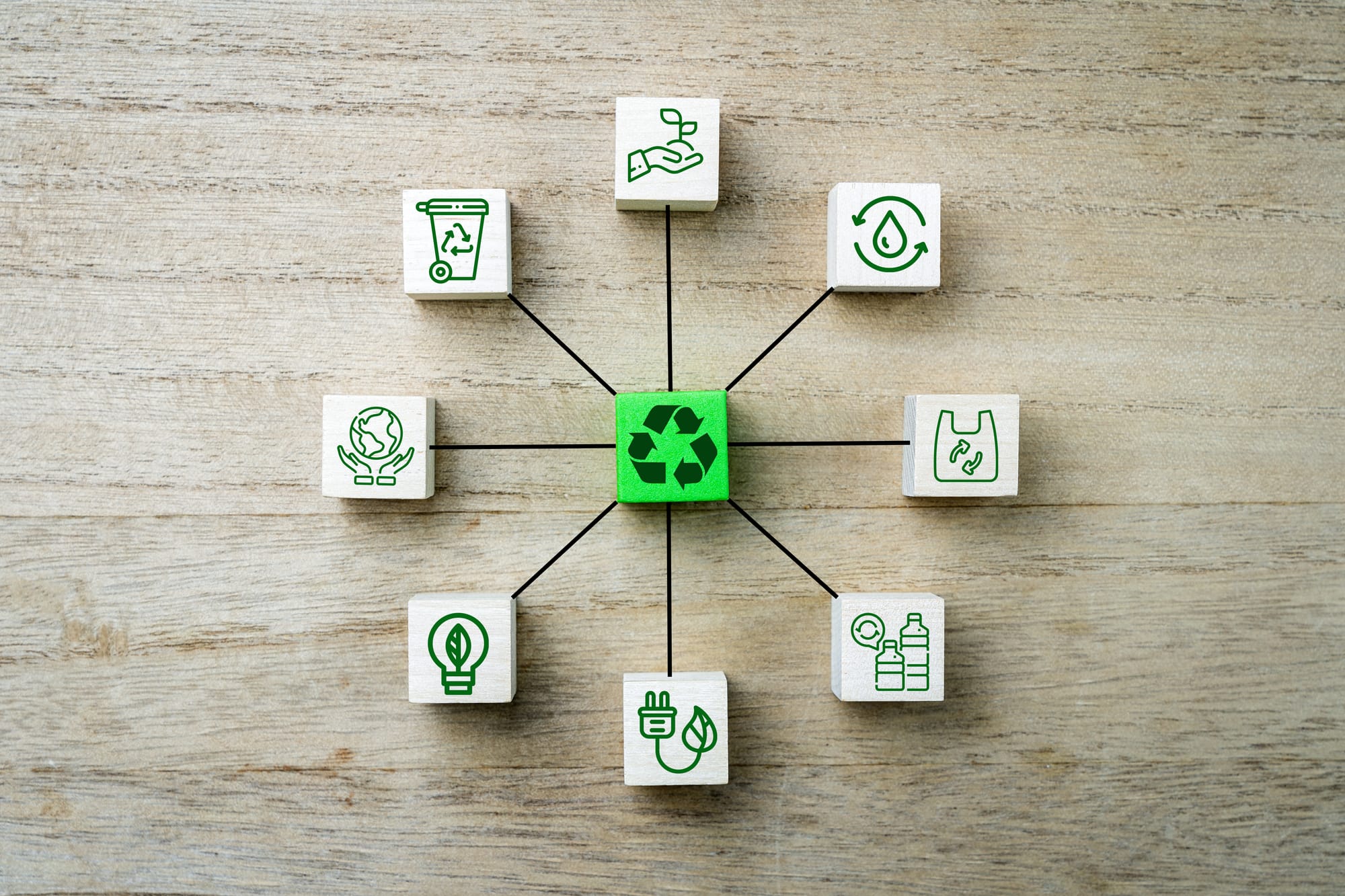
Getting attendees, exhibitors and stakeholders on board with your targets
You can propose a hundred measures to reduce your environmental impact, but if attendees and exhibitors aren't aware of them, they won’t act. Communications are just as important as any physical mitigation methods.
For example:
- Want to cut down on transport emissions? Communicate low-carbon travel options (e.g. rail instead of flights or taxis) at the ticketing stage.
- Want to reduce travel altogether? Offer hybrid or fully virtual participation options.
By 2025, stakeholders are increasingly motivated by data-backed choices. Instead of simply suggesting a plant-based menu, run the numbers through a carbon calculator and share the emissions savings. This transparency not only justifies decisions but also drives higher adoption.
Action:
Communicate objectives and impacts before, during and after each event through digital and on-site means, and thank stakeholders for their positive contributions.

Measuring your event against your sustainable objectives
Post-event, you'll need to compare the impact to the goals you set. With greater regulatory pressure from CSRD in the EU and the UK’s new Sustainability Disclosure Requirements (SDR), supply chain data is increasingly expected, not optional. To save time later, build data submission requirements into your procurement processes and contracts.
Action:
Include data submission as a procurement condition, with clear guidance on data points required. Use a carbon calculator to measure emissions against your baseline. Here are our top suggestions on the best sustainability tools to get you started.
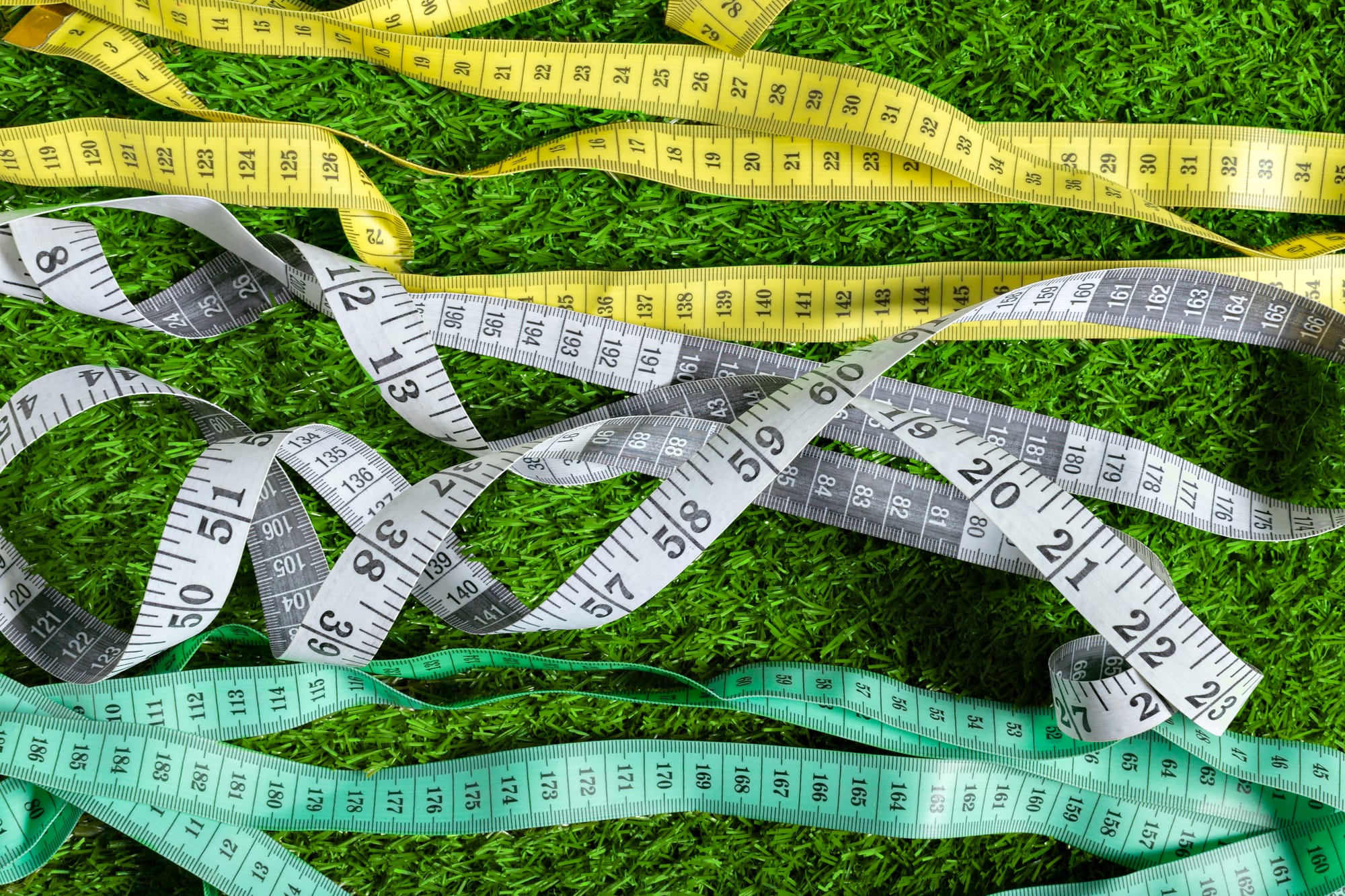
Using post-event data to shape your objectives going forward
Post-event data can be used as a baseline for future goals. If you exceeded targets, recalibrate upwards. If you consistently fall short, adjust expectations to something realistic but progressive.
Not all change needs to be immediate. For instance, if you plan to phase out red meat entirely, you might set a gradual reduction target (e.g. 10–15% annually) until the larger goal is met.
Use past successes to encourage buy-in. TRACE, alongside other measurement tools, now provides dashboards and AI-driven recommendations to highlight the biggest opportunities for reduction, making it easier to celebrate wins and plan for future improvement.
Action:
Use event takeaways to adjust objectives going forward. Track your progress year-on-year and showcase results to inspire wider change across the industry.
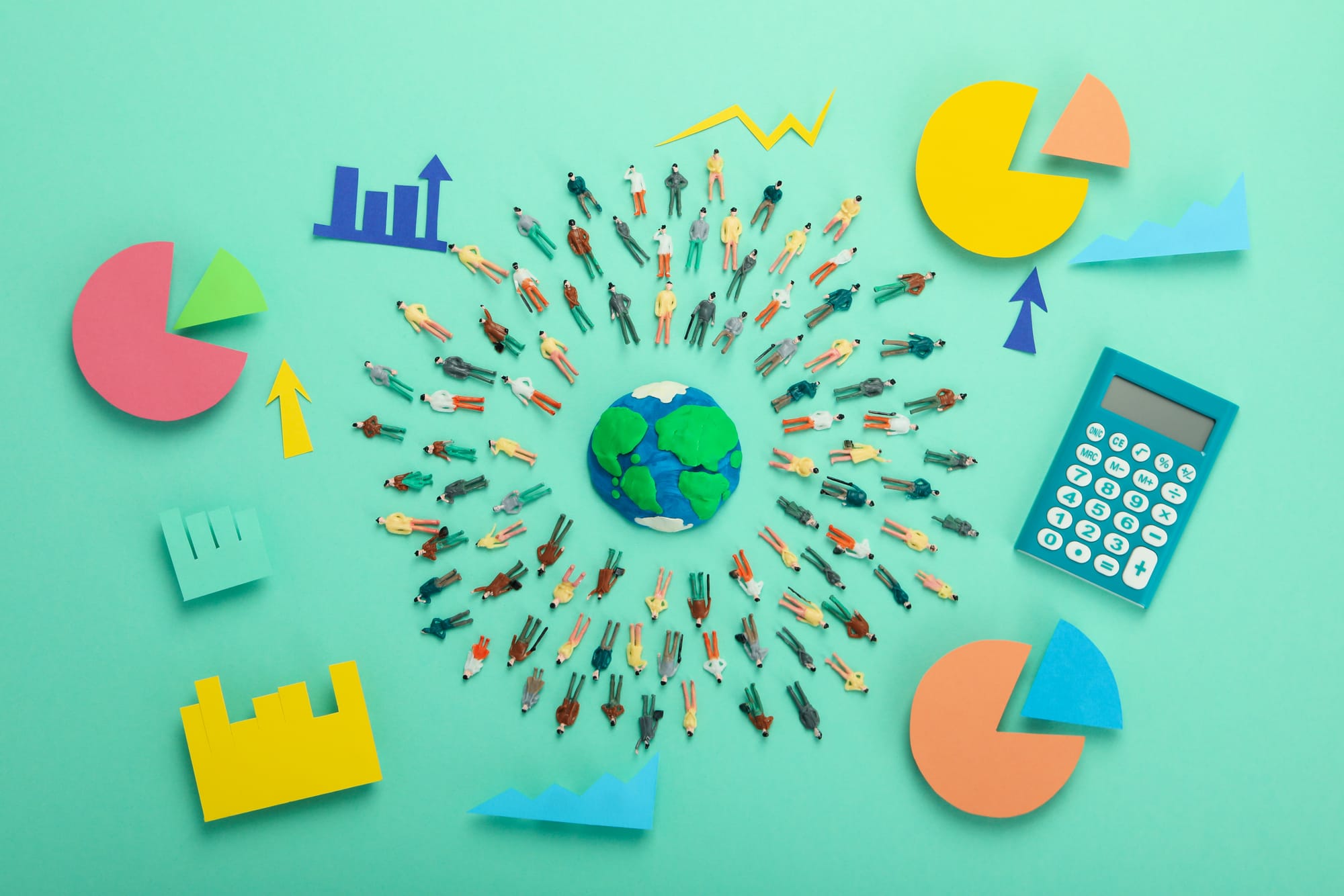
Useful Resources
When you know more, you do more. Check out these additional resources to help shape your understanding of the context and case for setting sustainable objectives, and how to achieve them.
- Net Zero Carbon Events Pledge: Stay informed on the latest industry-wide initiatives and pledges towards achieving net-zero emissions in the events sector.
- Circular Economy Explained: Learn about the circular economy model, which aims to eliminate waste and continually use resources for a sustainable future.
- The 17 Sustainable Development Goals: Familiarise yourself with the UN’s 17 SDGs, which serve as a global framework for addressing sustainability challenges by 2030.
- How CSRD Affects Event Professionals: Learn about the Corporate Sustainability Reporting Directive (CSRD) and how it impacts event professionals, providing guidance on meeting new regulatory standards.
Templates and Frameworks
- proseed.events: The Universal Framework for Sustainable Event Deliveries, by isla.
- proseed Policy & Planning templates: Create your own sustainability policy and event plans
- trace.yourevents: Carbon measurement platform, by isla
About isla
isla is a non-profit sustainability body founded by event professionals and industry leaders, focusing on a sustainable future for events. They work with agencies, brands, organisers and suppliers, providing practical advice and guidance. Their aim? To create a powerful network and give eventprofs the confidence to facilitate change.
If you're looking for more advice and practical guidance on making your events more sustainable, check out our Sustainability Hub, as well as our top recommendations for sustainable event venues to set you up for success.
Author

Gemma Baker
Gemma loves all things social media and keeps busy by creating lots of Hire Space content. When she’s not creating content, you'll find her shopping, exploring or at the gym!
